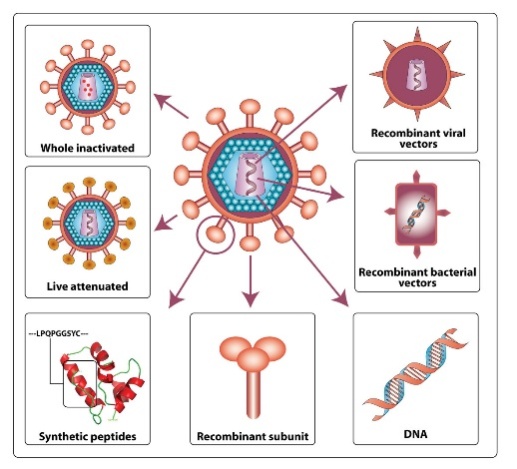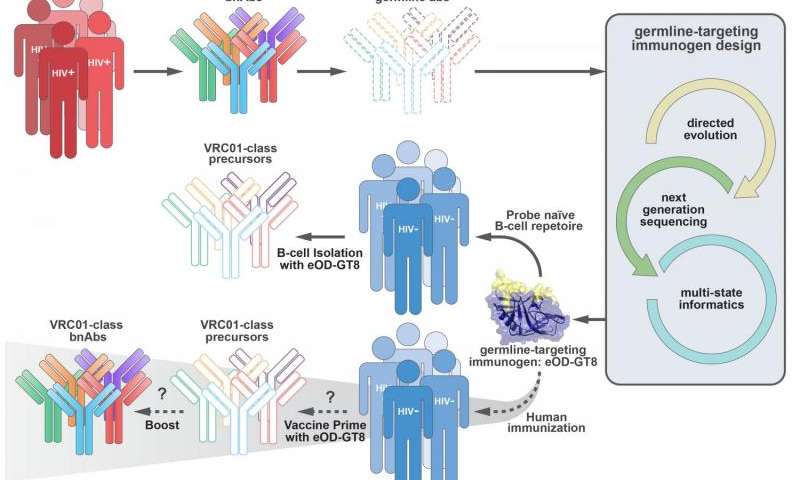AIDS is the most dangerous and last stage of HIV infection. Once HIV infection proceedsinto AIDS, infections are a greater risk. If HIV infection is not treated properly it’s likely to develop into AIDS as the immune system continuously wears down. However, advances in ART mean than an ever-decreasing number of people progress to this stage.
Without medication, HIV weakens the ability to fight infection. The person becomes vulnerable to serious illnesses. This stag is called AIDS or stage 3 of HIV.
Symptoms of late-stage HIV infection may include:
1-blurred vision.
2-diarrhea, which is usually persistent or chronic.
3-dry cough.
4-a fever of over 100 °F (37 °C) lasting for weeks
5-night sweats
6-permanent tiredness
7-shortness of breath, or dyspnea
8-swollen glands lasting for weeks
9-unintentional weight loss
10-white spots on the tongue or mouth
There is still no cure found for HIV or AIDS.
However, treatments can stop the progression of the condition and allow most people living with HIV the opportunity to live a long and relatively healthy life. In the progression of virus, starting ART early is crucial. This improves quality of life, extends life expectancy, and reduces the risk of transmission, according to the WHO’s guidelines from June 2013.
More effective and better-tolerated treatments have evolved that can improve general health and quality of life by taking as little as one pill per day.

Vaccines
Almost same treatments are used for both HIV and AIDS
If an individual believes they have been exposed to the virus within the last 3 days, anti-HIV medications, called post-exposure prophylaxis (PEP), may be able to stop infection. Take PEP as soon as possible after potential contact with the virus.PEP is a treatment lasting a total of 28 days, and physicians will continue to monitor for HIV after the completion of the treatment.
Antiretroviral drugs, this treatment of HIV involves antiretroviral medications that fight the HIV infection and slows down the spread of the virus in the body. People living with HIV generally take a combination of medications called highly active antiretroviral therapy (HAART) or combination antiretroviral therapy (cART).
There are a number of subgroups of antiretrovirals, such as:

Protease inhibitors
Protease is an enzyme that HIV needs to replicate. These medications bind to the enzyme and inhibit its action, preventing HIV from making copies of itself.
These include:
atazanavir/cobicistat (Evotaz)
lopinavir/ritonavir (Kaletra)
darunavir/cobicistat (Prezcobix)
Integrase inhibitors
These are often the first line of treatment due to their effectiveness and limited side effects for many people.
Integrase inhibitors include:
elvitegravir (Vitekta)
dolutegravir (Tivicay)
raltegravir (Isentress)
Nucleoside/nucleotide reverse transcriptase inhibitors (NRTIs)
This class of drugs includes:
abacavir (Ziagen)
lamivudine/zidovudine (Combivir)
emtricitabine (Emtriva)
tenofovir disproxil (Viread)
Non-nucleoside reverse transcriptase inhibitors (NNRTIs)
NNRTIs work in a similar way to NRTIs, making it more difficult for HIV to replicate.
Chemokine co-receptor antagonists.
These drugs block HIV from entering cells. However, doctors in the U.S. do not often prescribe these because other drugs are more effective.
Entry inhibitors
Entry inhibitors prevent HIV from entering T cells. Without access to these cells, HIV cannot replicate. As with chemokine co-receptor antagonists, they are not common in the United States.People will often use a combination of these drugs to suppress HIV so it cannot be transformed into aids.